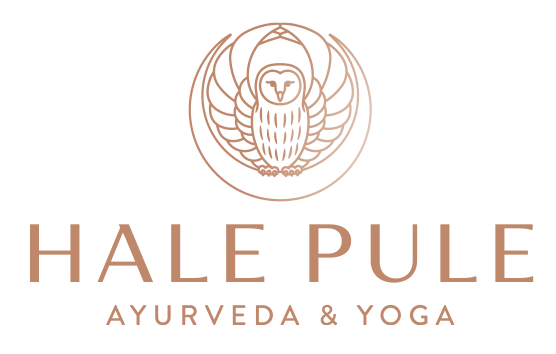
Do you ever wonder why some people seem to get sick all the time, yet others can live with ease through cold and flu season without even a sniffle? It’s all about ojas, which is our vitality.
Ojas is both energy and represented as an actual substance in our bodies (the ancient texts say it is a yellow liquid that is produced in the heart and reproductive organs). With its cool, soft and stable qualities, ojas is responsible not just for immunity, but for spiritual unity, bliss, reproductive function and overall vitality. It creates the luster in our eyes and hair, and gives us the unctuousness that is a sure sign of health. In other words, the amount of ojas we have determines how we are able to use the energy available to us.
Building ojas
With abundant ojas, our immune system is strong and able to fend off offending pathogens. Without it, we lack not only immune strength, but have less vigor and zest for life. The good news is that the amount of ojas in us is in our control.
Having ojas is a bit like having a savings account – you can make withdrawals and deposits. The key is always having a balance that is higher than your withdrawals.
You withdraw ojas when you extend your body beyond its ideal range of function. This includes not getting enough sleep, taking part in too many stimulating activities, excessive stress over an extended period of time, eating too little or too much (including too much of one kind of taste), not chewing food well enough and too much sexual activity (ojas is primarily found in the reproductive organs and fluids and frequent depletion without adequate building creates a negative balance). Some of the results of too many withdrawals are low energy and fatigue, disease, infertility, a pasty look and general malaise.
Taking small, daily steps to maintain and build ojas – and grow your vitality savings account – will result in strong immunity, glowing skin and mental and physical strength. Here are four simple tips to build ojas:
-
Eat ojas-building foods. Freshly prepared food, whole milk and the special combination of dates soaked in ghee are among the strongest ojas builders. Make dates soaked in ghee whenever you are entering a stressful time in life or when your energy seems depleted. All it takes is slicing up some fresh dates, removing the pits and pouring ghee over them. Soak for two weeks or more. This ojas treat will keep indefinitely in a dark cupboard (just be sure to use clean, dry utensils when you take the dates out of the jar). Use the ghee that is left when the dates are gone to bake with.
-
Digest. Strong agni, or digestive fire, is a critical part of building ojas. Strong agni allows you to fully assimilate the prana and nutrients from your food and send it to all your body tissues, including those that create ojas. Maintain agni through daily practices, such as chewing each bite until there is no solids, allowing at 4-6 hours between meals, enjoying food and drink warm or at room temperature and avoiding poor food combinations that disturb digestion.
-
Connect with your higher self. Ojas affects the subtle body as well as the physical. Daily meditation and abhyanga, combined with making frequent connections to nature, allow your body to reset its rhythms to a more peaceful pace. Creating space in your life for spiritual bliss, which can be as simple as taking a short stroll after each meal to reconnect, supports the growth of ojas, which, in turn, supports greater spiritual growth and physical health.
-
Rest. The importance of this daily remedy for building vitality and immunity can’t be overstated. Adequate sleep allows your body to fully rejuvenate and heal in a way that it cannot do during the waking hours. Aim for seven to nine hours per night, depending on your constitution. If you’re having trouble sleeping, check out these Ayurvedic tips for a good night’s rest.
Take time each day to build your “ojas savings account” and you will see profound differences, no matter your starting point.
